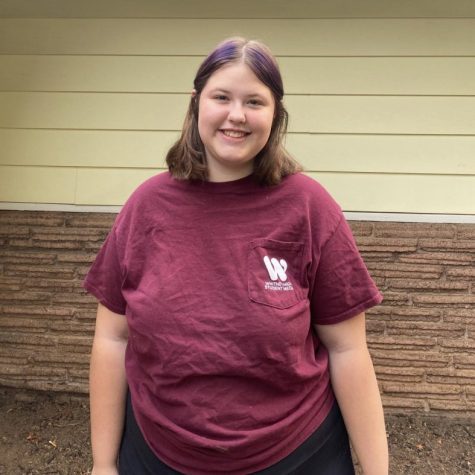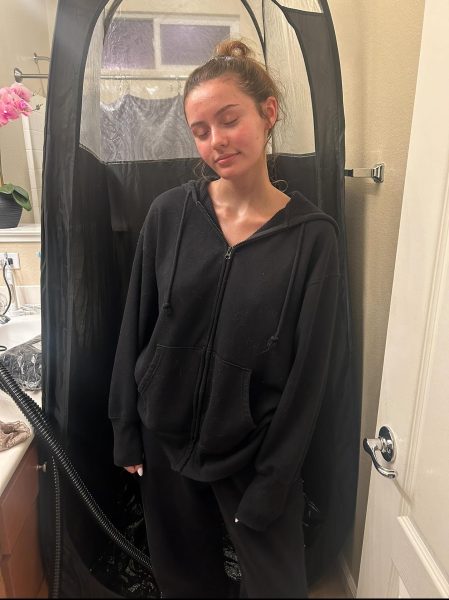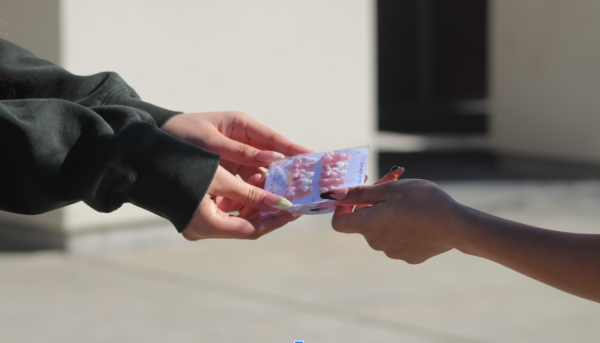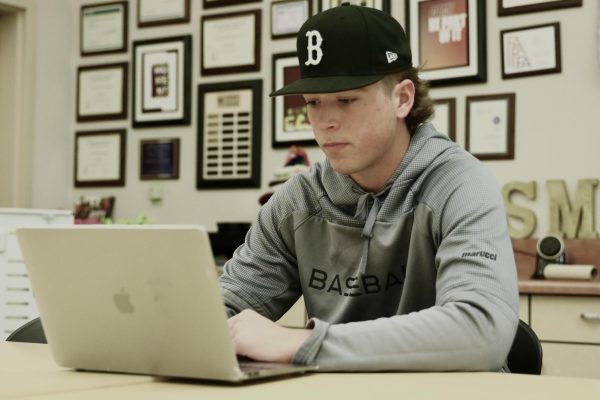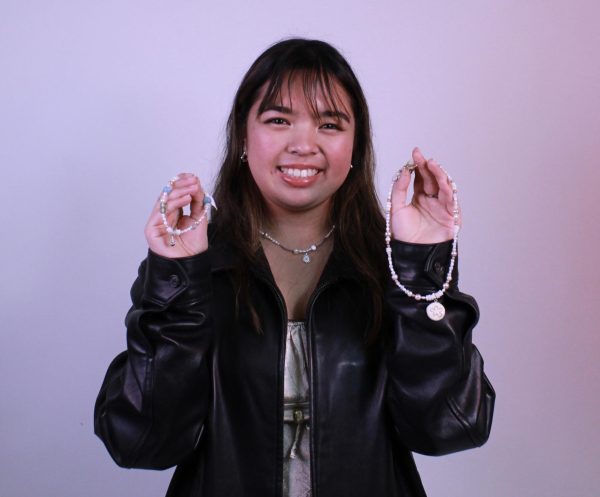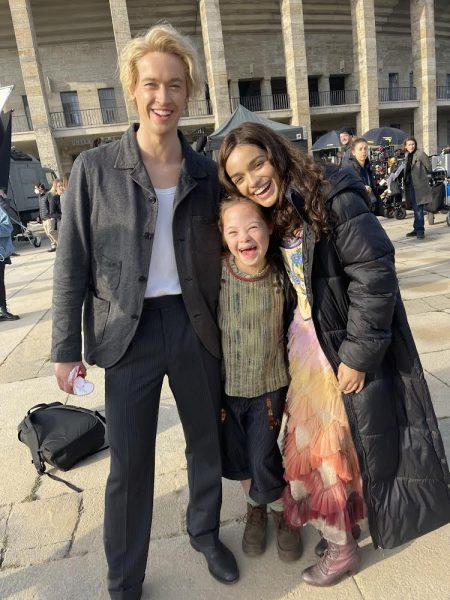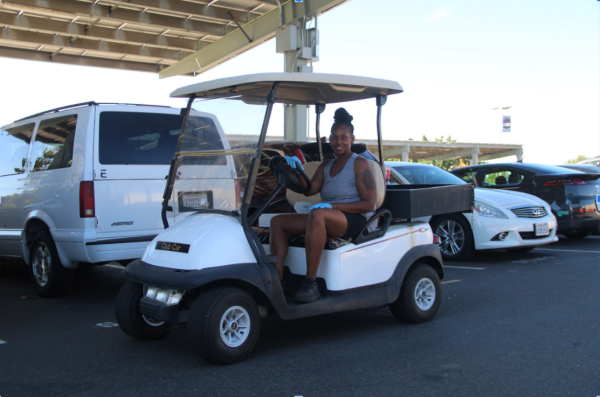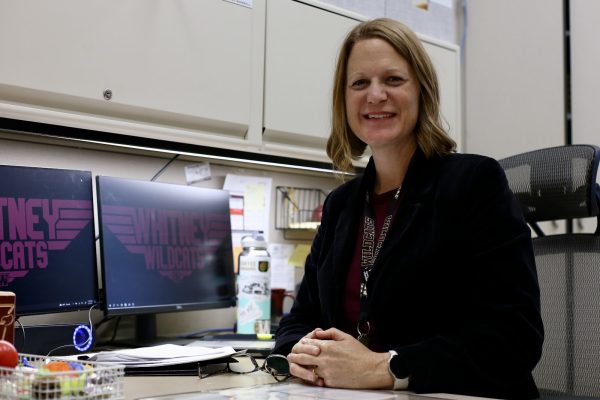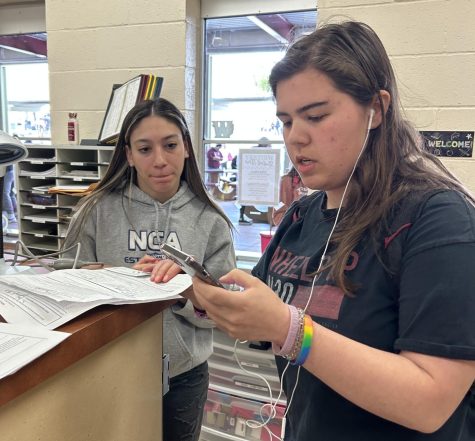New ASL teacher, Emily Miyaoka, gives inside look into new language program
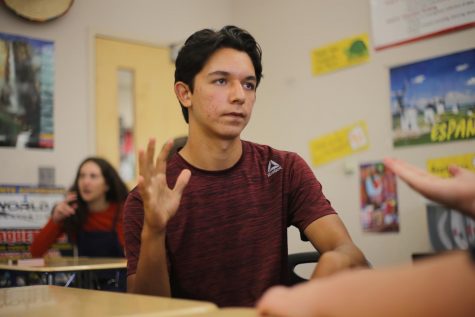
Interview with Emily Miyaoka informs us on how she plans on incorporating the new ASL program into the school. She balances her time between Whitney and Rocklin, teaching in rooms F7 for eighth period and F14 on odd days. Taking this class allows students to gain foreign language credit.
Q: What’s your ASL background?
A: I went to a high school that had a deaf and hard of hearing (DHH) program which meant that there was a large population of DHH students on campus. I grew up having interpreters in my classes which was normal. I ended up taking American Sign Language (ASL) instead of Spanish, and fell in love with it. I became friends with the DHH kids, forcing me to catch on quickly. I had a hard of hearing person in my English class one year and she was always signing with me in class. She wouldn’t slow down for me, but that helped me a lot because it forced me to catch on. I started hanging out with the deaf people at lunch and signed with my hearing friends. They would take the classes with me, so it was awesome. It was almost like our own little language that we got to use.
Q: Why do you teach ASL?
A: My mom is hard of hearing, so that kind of plays into why I’m interested in this field. Being raised by her allowed me to see how she overcame certain struggles. There were things that I had to be aware of all the time with her because she didn’t sign much. I decided to become a deaf studies major at Sacramento State. I’m from Orange County, so I moved eight hours away to go there for about five years.
Q: Why do you think it’s a good idea to implement ASL as a language opportunity for students?
A: I think it helps so much more for deaf people. It is their native language and their culture is built around it. That also plays into learning about ASL and the deaf community and deaf culture. I think all of those are valuable things for hearing people who haven’t had contact with deaf people to know about because once you get into this field, you figure out that there are a lot more deaf people than you really think. — Emily Miyaoka
Q: What is your favorite part about teaching students ASL?
A: There’s a lot that I like about teaching ASL. My students make me proud everyday and they should know that. Watching my students improve is for sure one thing, but it’s also fun for me because I do sign at home. However, sharing it with other people makes it satisfying.
Q: Is there anything else that you would like your readers to know?
A: I want people to know that you should take ASL because you might use it much more than you think. It’s important to raise awareness about the deaf community, and also learning another language is helpful to anybody.
by LEXI LOPEZ, ANGELINA MORGAN, KATHRYN QUARANTA & KATELYN VENGERSAMMY

